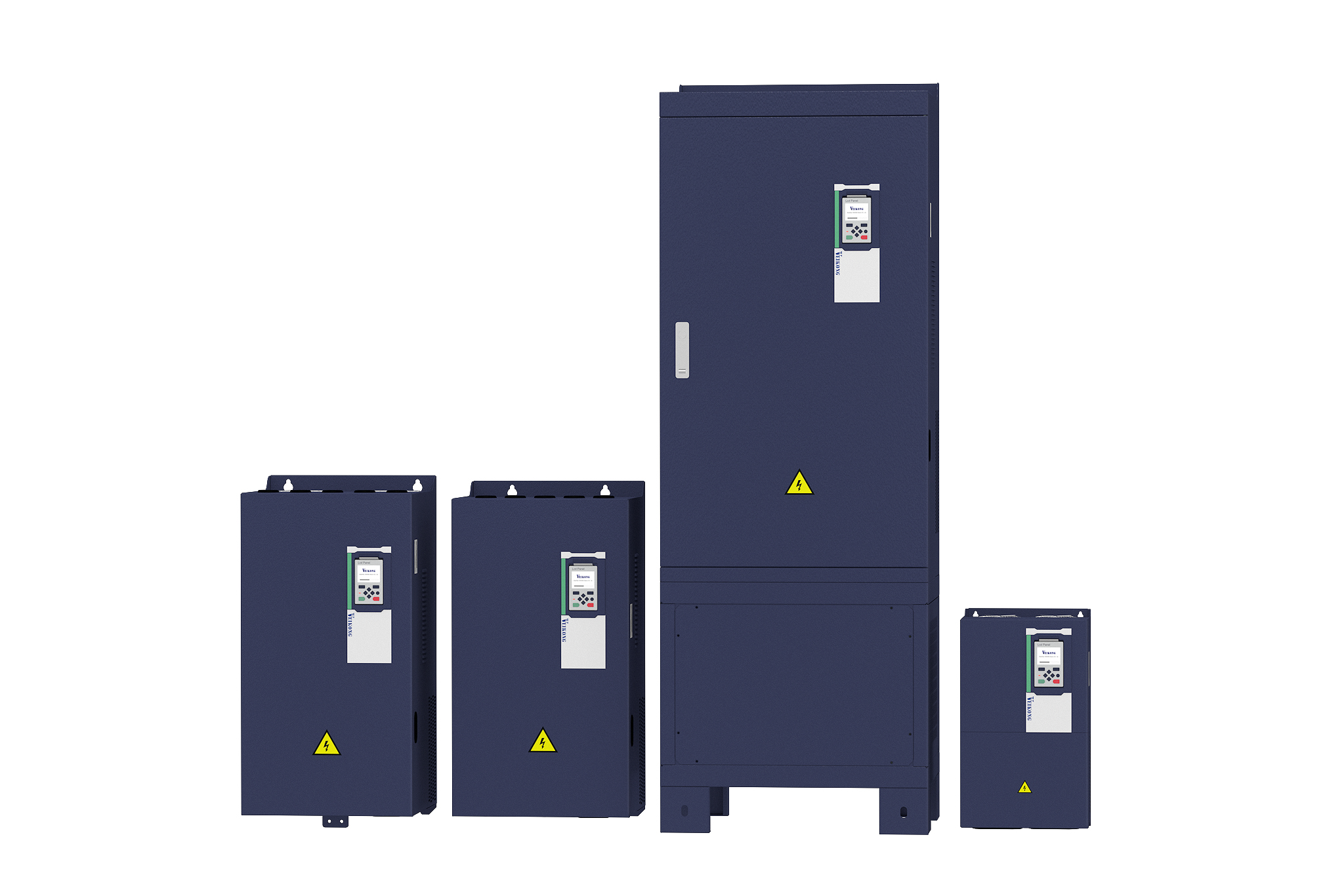A VSD is shortened for variable speed drive is a kind of AC device that rheostat the speed of the AC motors contingent on frequency change. VSD is very convenient in the industry today, but much assumed to the application must be taken. If you’re monitoring motor speeds at or below 50% to 75% you may want to deliberate changing motors.
VSD produces harmonics that can have an opposing effect on the electric motor and also the efficacy of supply power. It is ideal to find a reliable variable speed drive motor manufacturer for buying the best quality product to meet your industrial requirements. Below I’m going to share some factors that you should take into consideration to ensure that you specify the correct AC drive for your application.
Full Load Amperage
The first step in this procedure is making sure the drive can handle the motors current strains. Check the motor nameplate for the full load current necessity, then find a drive that’s valued for at least that much current. If you are nourishing the drive with single-phase power, be sure to use the drive ratings for single-phase. Variable speed drives are expressively debated for single-phase operation.
Overload
Make sure the drive can grip any overload circumstances you may suppose during startup or erratic extra loading. You may need to upsize the drive while waiting for finding one that can handle it. Many applications experience provisional overload circumstances due to starting necessities or effect loading. Most AC drives are intended to activate at 150% overload for 60 seconds. If the application needs an overload greater than 150% or longer than 60 seconds, the speed drive must be oversized.
Application Type
There are two application types: variable torque (VT) and constant torque (CT) and distinct ratings for each. Use VT ratings for fans and pumps or refer to the CT ratings for conveyors and all-purpose machine control. It is significant to know the application type since the drive conditions are systematized consequently. If you aren’t sure which one to use it’s suggested to go with CT.
Altitude
The elevation at which you’re consuming your VFD also has an effect on cooling. As the altitude rises, the air becomes less compressed. This decline in air density decreases the cooling belongings of the air. Most VSDs are intended to function at 100% capacity at altitudes of up to 1000m. If you’re at an advanced altitude, the drive must be oversized to recompense for the reduction in cooling.
Temperature
AC drives produce an important amount of heat and can cause the inner temperature of insertion to exceed the temperature rating of the drive. Enclosure ventilation and/or cooling may be essential. Make dimensions/controls for the maximum anticipated ambient temperature.
These are some factors that you should take into consideration selecting a variable speed drive. You can find a reliable variable speed drive motor manufacturer to buy the best product for your application.

